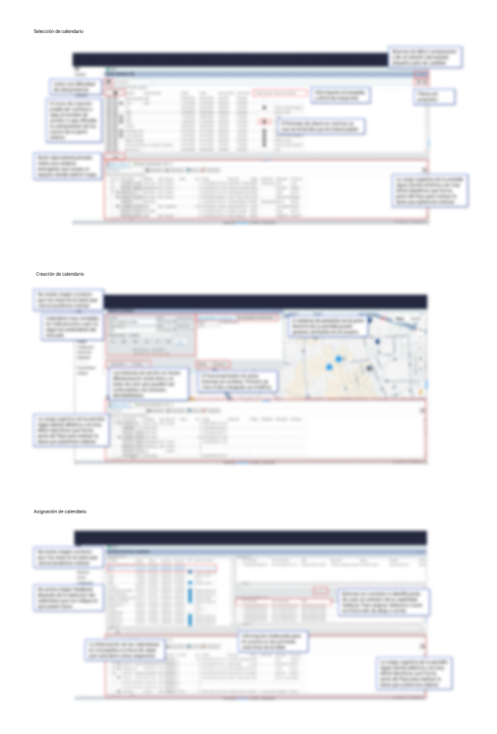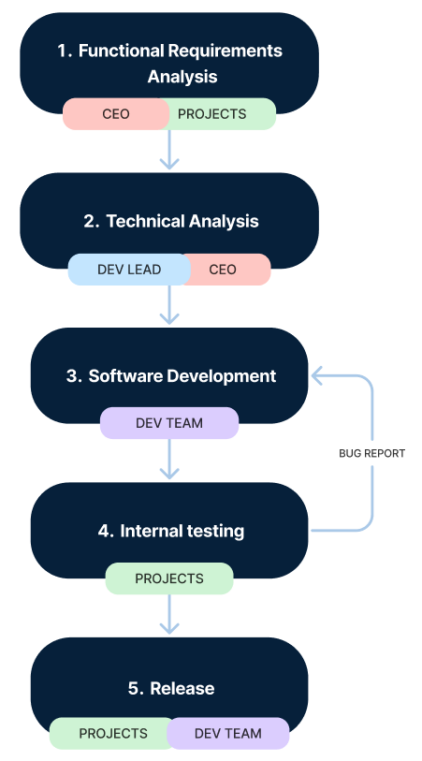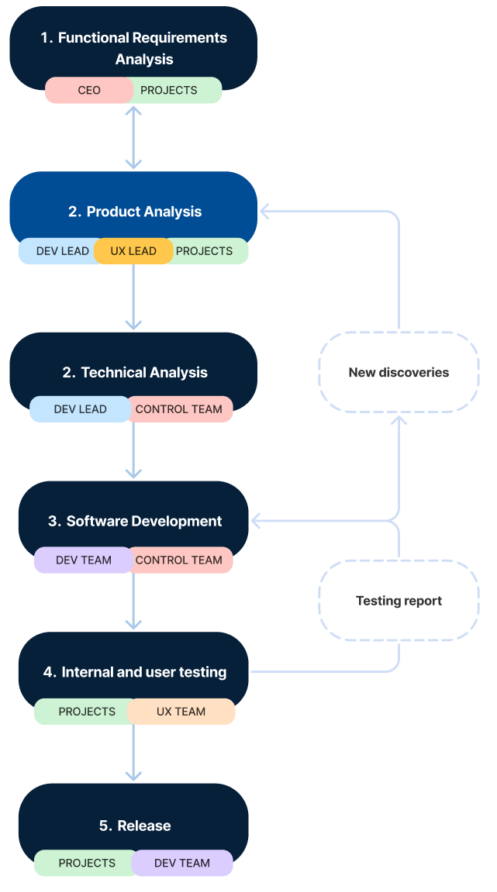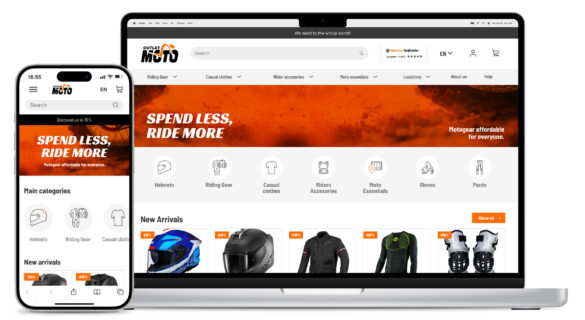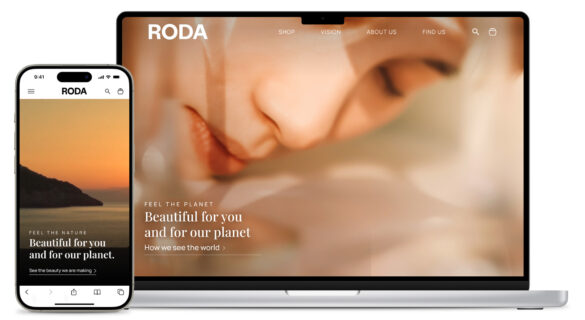I started with a design audit.
The reality was clear: the product was simply unusable without weeks of training. In just the specific module under development, I identified more than 50 heuristic issues affecting usability.
The user flows were extremely confusing. There was no sense of place, no visibility of system status, and an enormous cognitive load on each screen. The interface lacked any consistent standards, system feedback, or user guidance.
Beyond usability, this design had direct consequences for the service itself:
Every new employee required dedicated training, and even basic tasks led to frequent calls to support. The lack of intuitive flows and consistent patterns made the product difficult to scale and maintain.
After this analysis, one thing was clear:
The product had been designed by developers, for developers — with no consideration for users without technical backgrounds. Basic principles of usability and human-centered design had simply not been applied.
